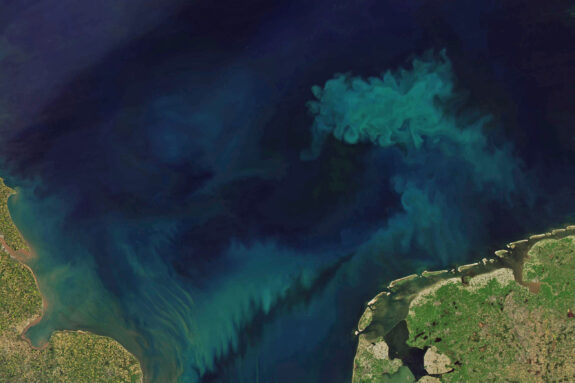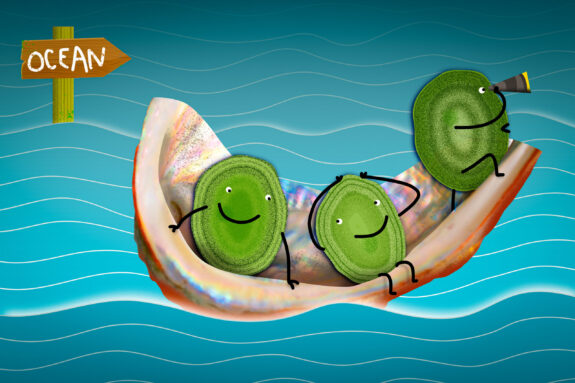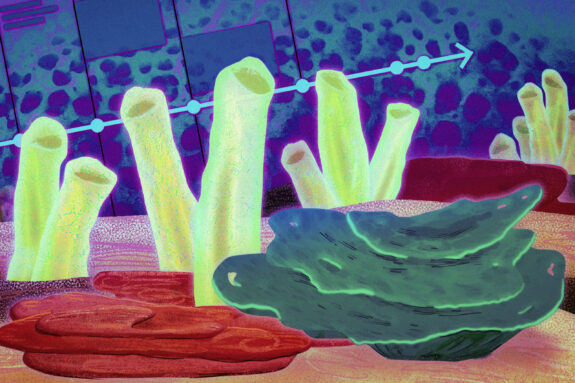NASA StoryMap: MIT Darwin Project ecosystem model explores biogeography of microbial environments

Synechococcus, an abundant group of phytoplankton throughout Earth’s oceans outside of the polar regions, features a rich diversity of pigments—ideal for studying light-harvesting strategies in marine habitats. This image of Synechococcus concentration in the Atlantic Ocean comes from data collected in February by the NASA Plankton, Aerosol, Cloud, ocean Ecosystem (PACE) satellite’s Ocean Color Instrument (OCI). The OCI can collect over 524,000 pixels of data each day across hundreds of wavelengths of light. Credit: NASA ECCO/PACE/OCI/MOANA
For microbial organisms that live in Earth’s oceans, the colors they can photosynthesize matter. To understand how the cyanobacteria Syncechococcus has adapted to access available light wavelengths globally, a team of researchers, including EAPS Senior Research Scientist Stephanie Dutkiewicz, used the MIT Darwin Project’s ecosystem model to map factors associated with the microbe’s habitat. In a recent study, the group found that chromatic acclimation—the ability to adjust internal pigment to match ambient light—offered an evolutionary advantage, affecting ecosystem functioning and biogeochemical processes.
Explore their findings at the NASA ECCO Consortium (Estimating the Circulation and Climate of the Ocean) through this interactive StoryMap feature.


